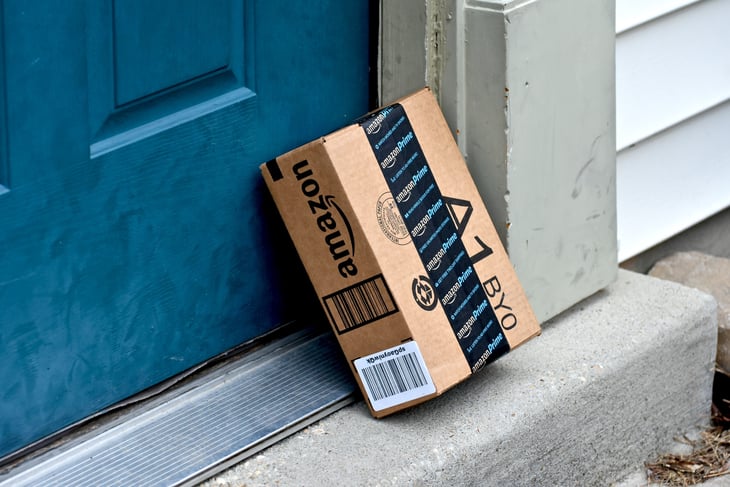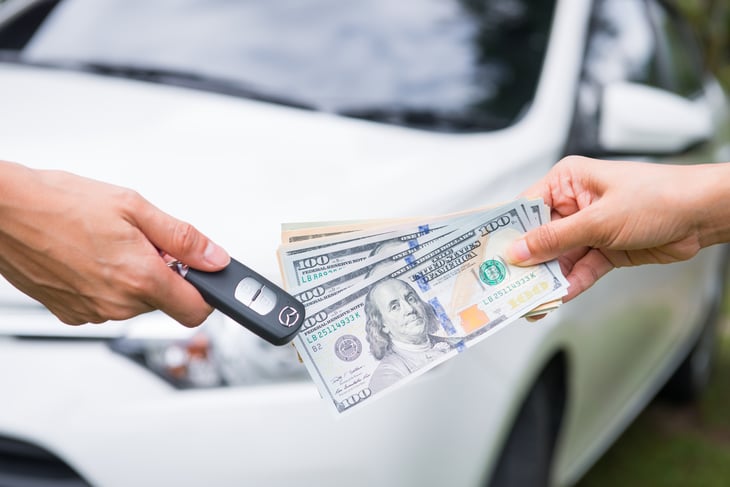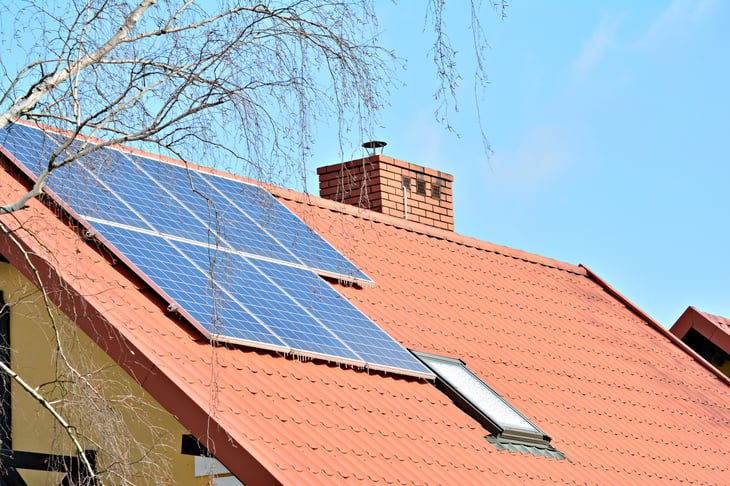
If you made a resolution to save more money this year, we have bad news for you: You might have to rethink your budget.
Between rising inflation and the trade war with China, prices have been steadily climbing for all sorts of goods and services.
Following is a look at the items and services that saw significant price increases in 2018.
1. Amazon Prime

More than 100 million people subscribe to Amazon Prime. The mega-retailer’s service provides free two-day shipping as well as perks such as free streaming video and free access to some e-books, as we detail in “8 Big Freebies and Price Breaks You Get With Amazon Prime.”
However, subscribers are paying 20 percent more now after Amazon increased its annual fee for Prime from $99 to $119 in 2018.
2. Streaming services

Netflix users ended 2017 with a price bump for its basic and premium plans. Other streaming services followed suit: Sling TV, DirecTV Now and PlayStation Vue all hiked the cost of plans in 2018.
Then, Netflix kicked off 2019 by announcing new price hikes — its biggest yet. And days later, Hulu announced that it will raise the price of its most expensive subscription plan while lowering the price of its cheapest plan.
We break down these latest changes — and the alternatives — in “Hulu and 3 Other Streaming Services Are Cheaper Than Netflix.”
3. Entertainment tickets

Whether you went to the movies or a theme park, you probably paid more for your entertainment in 2018.
For instance, some ticket prices at Walt Disney theme parks went up by as much as $11 at the start of the year. Meanwhile, the average price for a movie ticket in the U.S. hit a high of more than $9 last year, according to the National Association of Theatre Owners.
4. Fast food

Swinging through the drive-thru with the family isn’t all that cheap either.
While fast food restaurants have been introducing new deals and specials, overall prices at McDonald’s went up in 2018. And Chipotle last year wrapped up a price bump affecting all locations that was rolled out over two years.
5. Oil

You might not know it by looking at the price at the pump right now, but oil prices hit a four-year high in 2018.
6. Manufacturing components

As the imposition of tariffs drove up the cost of raw materials in 2018, many industrial suppliers did the same.
For example, some manufacturers of lighting and electrical parts raised their prices by as much as 15 percent last year.
7. Appliances

The price tag on many appliances increased last year thanks to — you guessed it — tariffs. From February to May, washing machines saw a 16 percent increase in prices, the largest three-month hike ever recorded. By some estimates, the overall impact of the steel and aluminum tariffs on appliance prices ranged from 4 to 40 percent
8. Cars

The average new-car price was up by 2.1 percent — $769 — in November 2018, compared with November 2017, according to Kelley Blue Book.
9. Solar panels

The U.S. instituted a 30 percent tariff on solar panels last year, and that added an estimated $500 to $1,000 onto the cost of a typical home solar installation.
10. Paper

If you need another reason to switch to electronic statements and digital records, consider that the cost of paper products has been on the rise. Last year, the price of pulp — raw material for paper and corrugated boxes — shot up a whopping 30 to 40 percent. That led to paper-product price increases of 7 to 15 percent.
11. Smartphones

As technology gets more prevalent, prices should go down, right? Apparently not when it comes to smartphones. Prices rose by from 14 to 42 percent between 2016 and 2018, according to a CNET analysis.
If you’re in the market for a cheaper cellphone or plan, check out Money Talks News’ wireless comparison tool.
12. College tuition

Data from the College Board show that students saw price increases in tuition and fees as well as room and board that averaged around 3 percent in the school year that started in 2018, compared with the prior school year.
The largest increases hit doctoral students at private, nonprofit four-year schools. They had to shell out an extra 3.7 percent — averaging $2,090 — for their tuition and fees and room and board.
13. Health insurance

The cost of employer-based family coverage increased 5 percent, to $19,616, according to the National Conference of State Legislatures. Fortunately for workers, employers may have absorbed much of that cost.
For those buying their own subsidized insurance through an exchange, the average increase was $201.
What things did you pay more for in 2018? Share your experiences in the comments below or on our Facebook page.





Add a Comment
Our Policy: We welcome relevant and respectful comments in order to foster healthy and informative discussions. All other comments may be removed. Comments with links are automatically held for moderation.